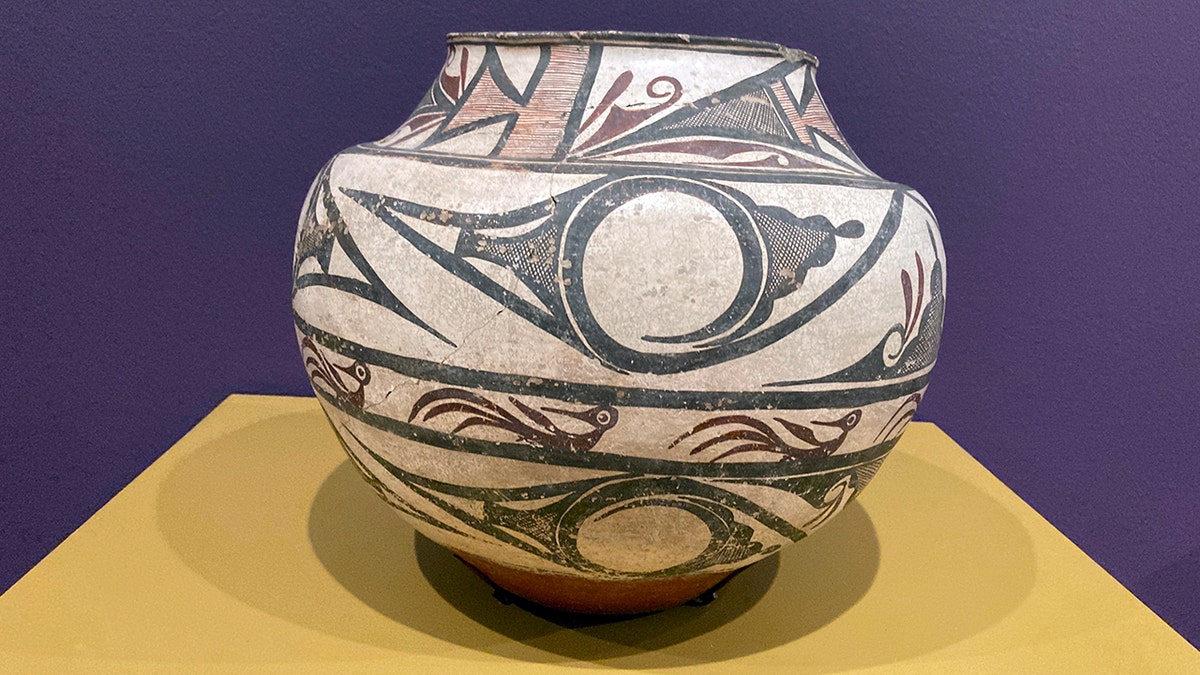The Shelburne Museum in Vermont has received a substantial donation of over 200 pieces of Native American art, spanning the late 19th and early 20th centuries. This collection, primarily featuring pottery, beadwork, textiles, and clothing from Plains and Southwest tribes, significantly expands the museum's existing holdings, representing nearly 80 tribes in total. To accommodate this remarkable acquisition, the museum is embarking on the construction of a dedicated 9,750-square-foot building, named the Perry Center for Native American Art.
Designed by the renowned Adjaye Associates, the architects behind the Smithsonian National Museum of African American History and Culture, the Perry Center is projected to open in the spring of 2026. The museum emphasizes the building's sustainable design, intended to facilitate the culturally sensitive display and preservation of these important artifacts. The project has involved consultations with leaders from Vermont's four state-recognized Abenaki tribes, ensuring a collaborative approach to the collection's stewardship.

A selection of the pottery, including intricately decorated water jars, storage vessels, and bowls, is currently on view at the museum. The entire 200-piece collection was generously donated by Teressa "Teri" Perry in honor of her late husband, Tony Perry, a prominent Vermont businessman with a strong regional connection and a deep appreciation for Native American art. John Stomberg, director of the Hood Museum of Art at Dartmouth College, praised the collection's quality, describing the pieces as "stunning."
Museum director Thomas Denenberg highlighted the significance of this collection for northern New England, noting that it complements existing collections in the region, which often focus on local anthropology and archaeology. He compared the Perry collection to the renowned Diker Collection at the Metropolitan Museum of Art, emphasizing its national scope and transformative potential for the Shelburne Museum. The new building will be the 40th structure on the museum's 45-acre campus, dedicated to American art and material culture. The museum sees this as an opportunity to collaborate with Indigenous communities in the study and appreciation of both historical and contemporary Native American art and material culture.
Comments(0)
Top Comments